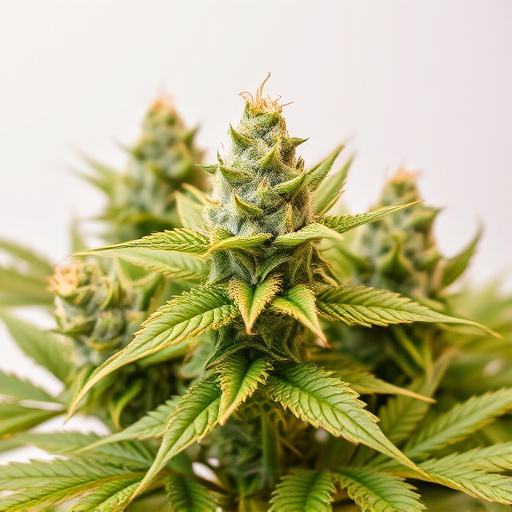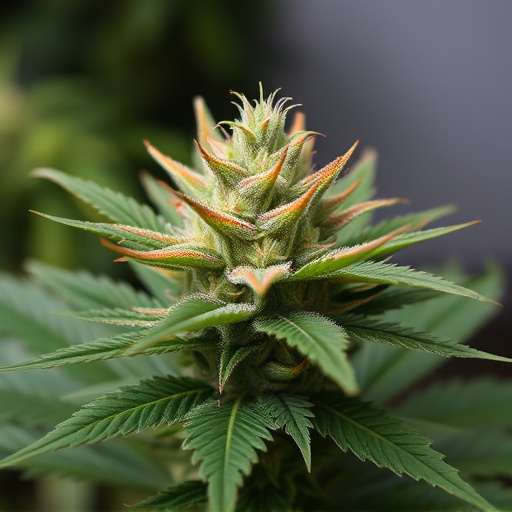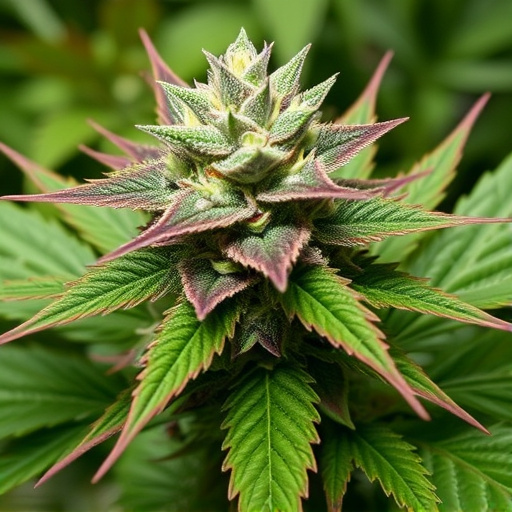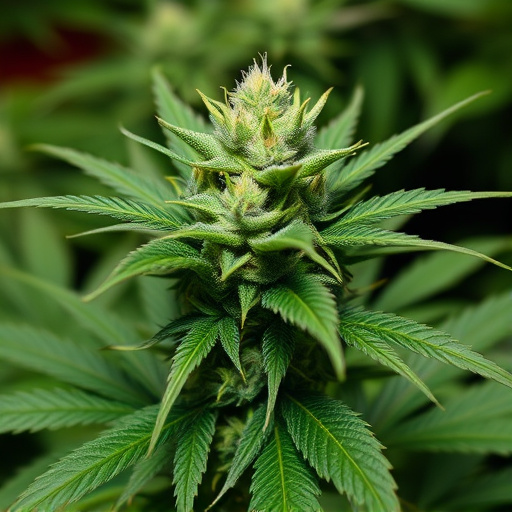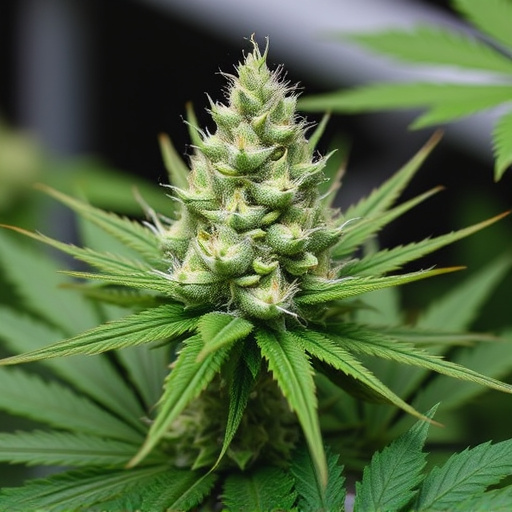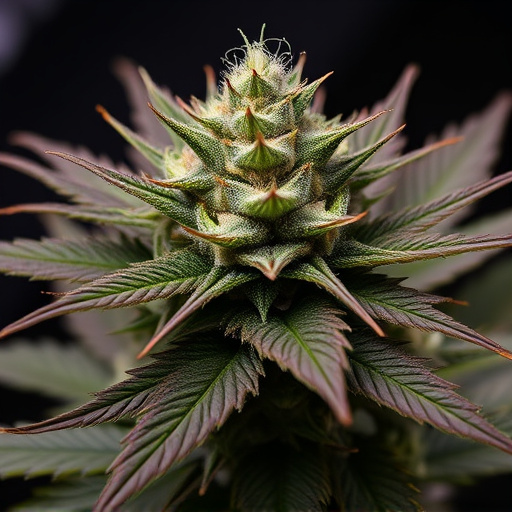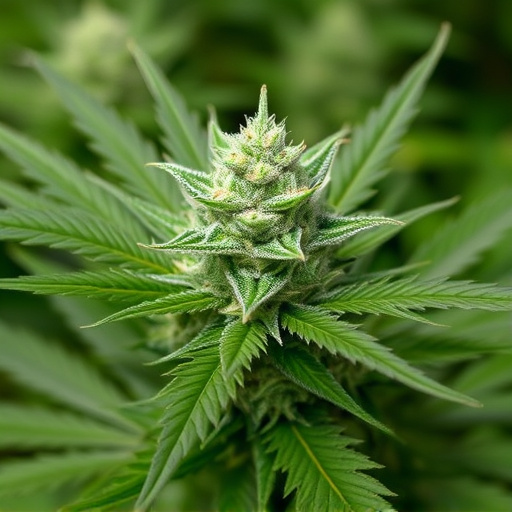THC in cannabis interacts with the endocannabinoid system to regulate hunger and metabolism, influencing eating behaviors. Specific best cannabis strains high in THC can increase appetite and caloric intake by modulating hunger hormones like leptin and ghrelin. Popular high-THC strains like Blue Dream, Girl Scout Cookies, and Pineapple Express offer diverse effects, from energizing to relaxing, catering to various needs for managing hunger and enhancing appetite in both recreational and medicinal users.
“Unraveling the impact of THC on hunger hormones offers a fascinating glimpse into the complex interplay between cannabis and our bodies. This compound, found in the plant Cannabis sativa, interacts with our endocannabinoid system, playing a surprising role in regulating appetite.
In this article, we explore the science behind these effects, providing insights into how THC influences hunger signals. We’ll also guide you through the best cannabis strains known for their ability to manage hunger and enhance appetite, offering natural solutions for those seeking relief.”
- Understanding THC and Its Interaction with the Endocannabinoid System
- The Role of THC in Regulating Hunger and Appetite
- Best Cannabis Strains for Managing Hunger and Enhancing Appetite
Understanding THC and Its Interaction with the Endocannabinoid System

THC, or tetrahydrocannabinol, is one of the primary compounds found in cannabis that has gained significant attention due to its potential effects on various physiological processes, including hunger and appetite. It interacts with the endocannabinoid system (ECS), a complex network of receptors and molecules present throughout the body, which plays a crucial role in maintaining homeostasis. The ECS influences several bodily functions, including hunger, satiety, and metabolism, making it a key target for THC’s effects.
When THC binds to cannabinoid receptors in the brain and other areas of the body, it can modulate the activity of these receptors, potentially leading to changes in eating behaviors. Research suggests that THC may impact hunger hormones by affecting the release and interaction of endocannabinoids, such as anandamide and 2-AG, which are known to influence appetite and food intake. Understanding this intricate interplay between THC and the ECS provides valuable insights into how certain best cannabis strains with high THC content might affect hunger and potentially offer therapeutic benefits for conditions related to appetite regulation.
The Role of THC in Regulating Hunger and Appetite
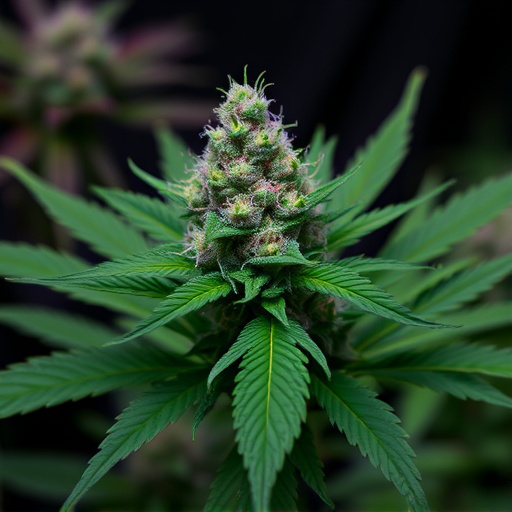
THC, the primary psychoactive compound in cannabis, plays a significant role in regulating hunger and appetite. Research suggests that THC interacts with the endocannabinoid system (ECS), which is involved in various physiological processes, including food intake. When THC binds to ECS receptors, particularly CB1 receptors found in the brain and other organs, it can modulate the activity of hormones that control hunger, such as leptin and ghrelin.
Leptin, often referred to as the “satiety hormone,” signals the brain to reduce appetite and promote feelings of fullness. On the other hand, ghrelin, known as the “hunger hormone,” stimulates appetite and food intake. THC’s ability to influence these hormones may contribute to its potential effects on eating behaviors. Some studies indicate that cannabis consumption, particularly with specific best cannabis strains high in THC, can increase hunger and lead to higher caloric intake—a phenomenon observed among medical marijuana patients. Understanding the intricate relationship between THC, the ECS, and hunger hormones is crucial for both recreational and medicinal cannabis users, as it highlights the complex ways in which cannabis interacts with our bodies’ natural systems.
Best Cannabis Strains for Managing Hunger and Enhancing Appetite
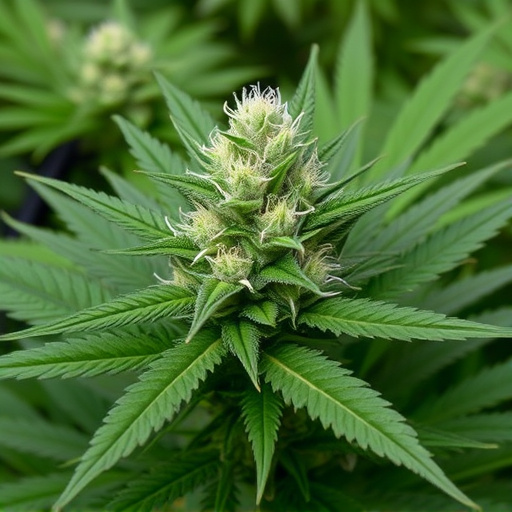
When it comes to managing hunger and enhancing appetite, certain cannabis strains have proven to be particularly effective due to their unique chemical compositions. The best cannabis strains for this purpose often contain high levels of Tetrahydrocannabinol (THC), a cannabinoid known for its potent effects on various physiological processes, including appetite stimulation. Strains like Blue Dream, Girl Scout Cookies, and Pineapple Express are popular choices among users looking to combat appetite loss or anorexia-related conditions.
These strains offer more than just a temporary fix; they provide a complex interplay of terpenes and cannabinoids that work synergistically to regulate hunger hormones. For instance, Blue Dream is renowned for its uplifting and energizing effects, making it ideal for those who need a boost in appetite without feeling overly sedated. Girl Scout Cookies, on the other hand, offers a more relaxing experience while still stimulating the appetite, making it suitable for evening use when trying to encourage eating before bed.
THC’s interaction with the endocannabinoid system plays a significant role in regulating hunger and appetite. By understanding this relationship, individuals can strategically utilize specific best cannabis strains to manage hunger effectively. While further research is needed, the current insights offer promising avenues for those seeking natural solutions to enhance appetite and maintain nutritional balance.




